
 0 saved
0 saved
 22.9K views
22.9K views








Does the thought of speaking into that microphone terrify you? If so you'd be in the majority of the population. But, despite your fear, public speaking and communication is something that you're going to have to improve.
The fact is that we live in an increasingly complicated and noisy world, where teams solve complex problems more effectively than talented individuals; and persuasive, clear voices win over badly presented albeit sound reasoning.
However you look at it, effective communication is no longer an optional extra. Indeed, adding expert communication to your T-shaped personal development plan might just be your ticket to future-proofing yourself and gaining success in whatever field you pursue.
Now, we won't pretend that you'll become an 'expert communicator' by picking up a few mental models, nor will you overcome your public speaking anxiety by the end of this page. Communication is a multifaceted and complex skill that will take work to develop — though you can develop it faster by using Deliberate Practice :). But we digress...
These models alone won't transform your communication but, along with digging deeper and Deliberate Practice, they can frame your approach for different challenges and contexts.
As you'll see shortly, while each of these models is communication-themed, they are wildly different — essentially addressing very different situations and needs. So dive in and embrace your diverse communication toolkit...
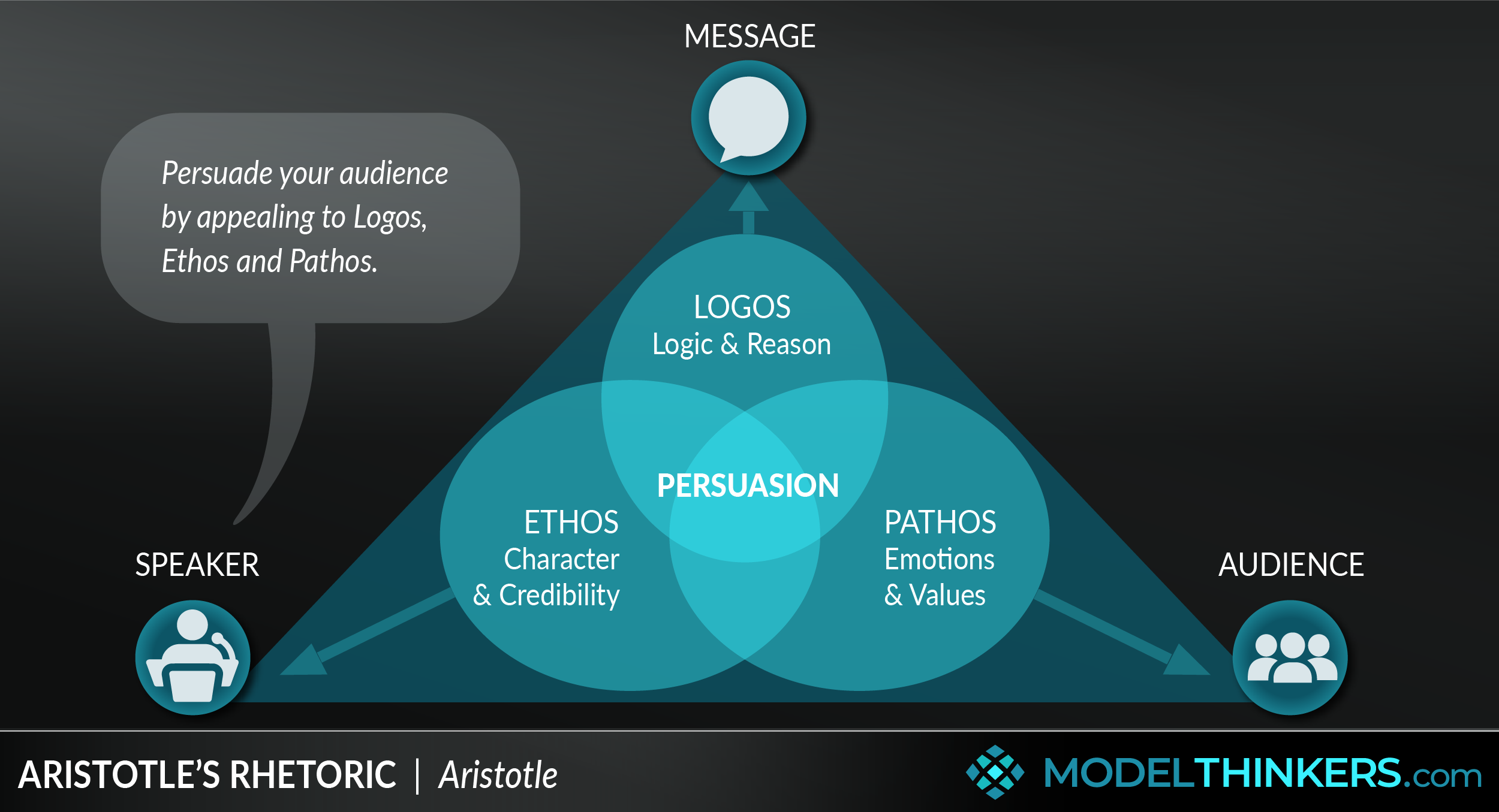

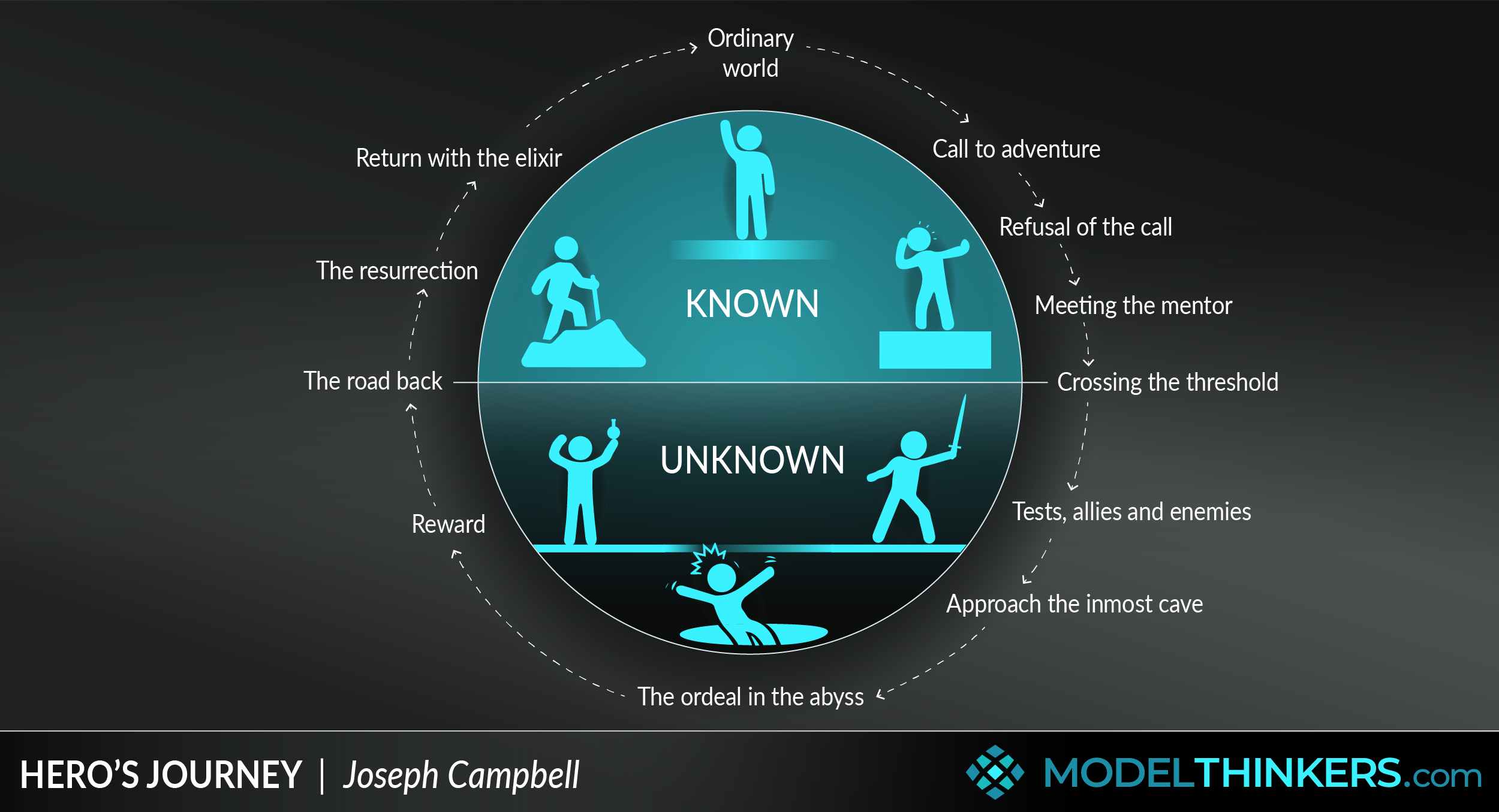

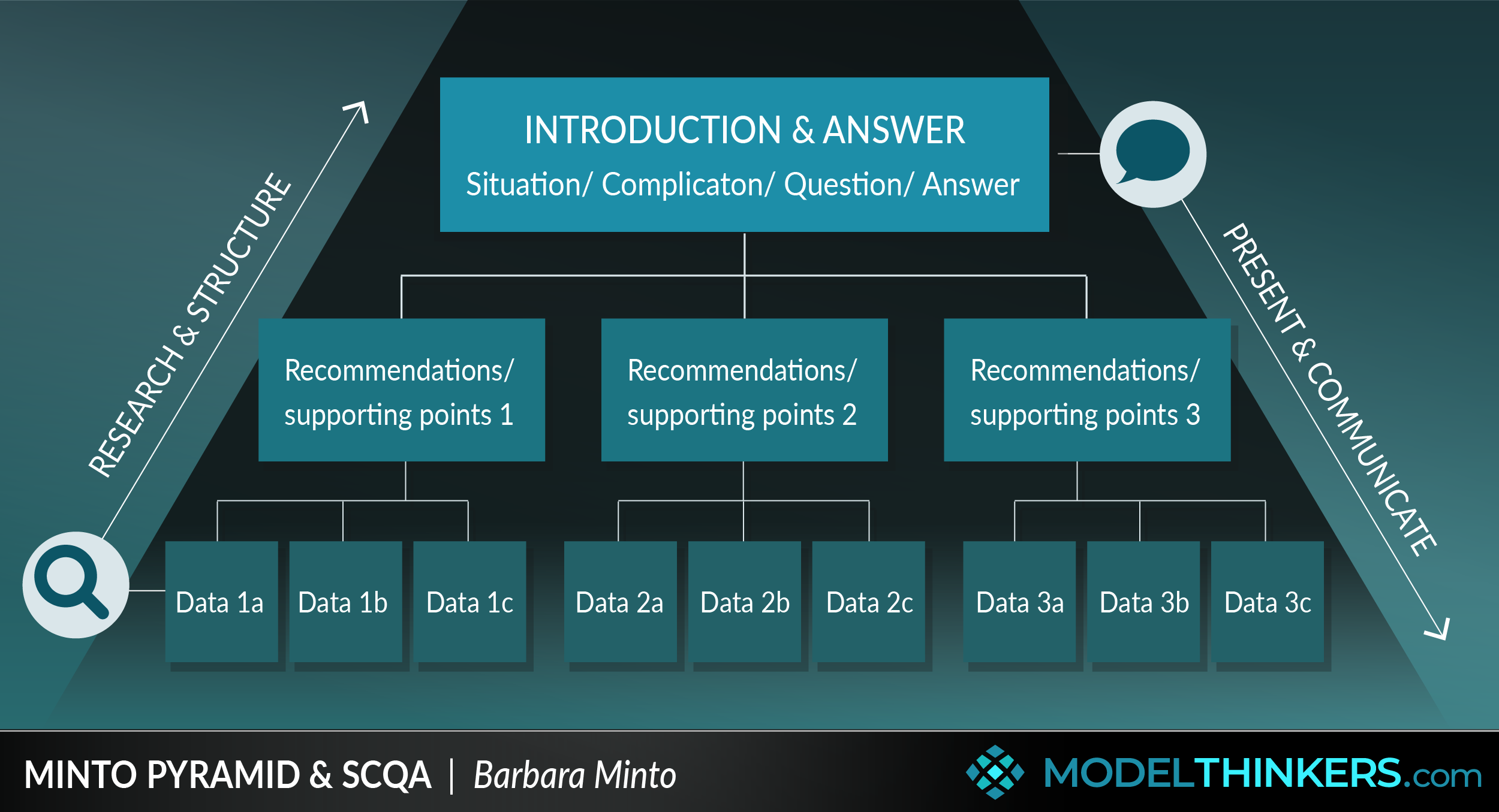
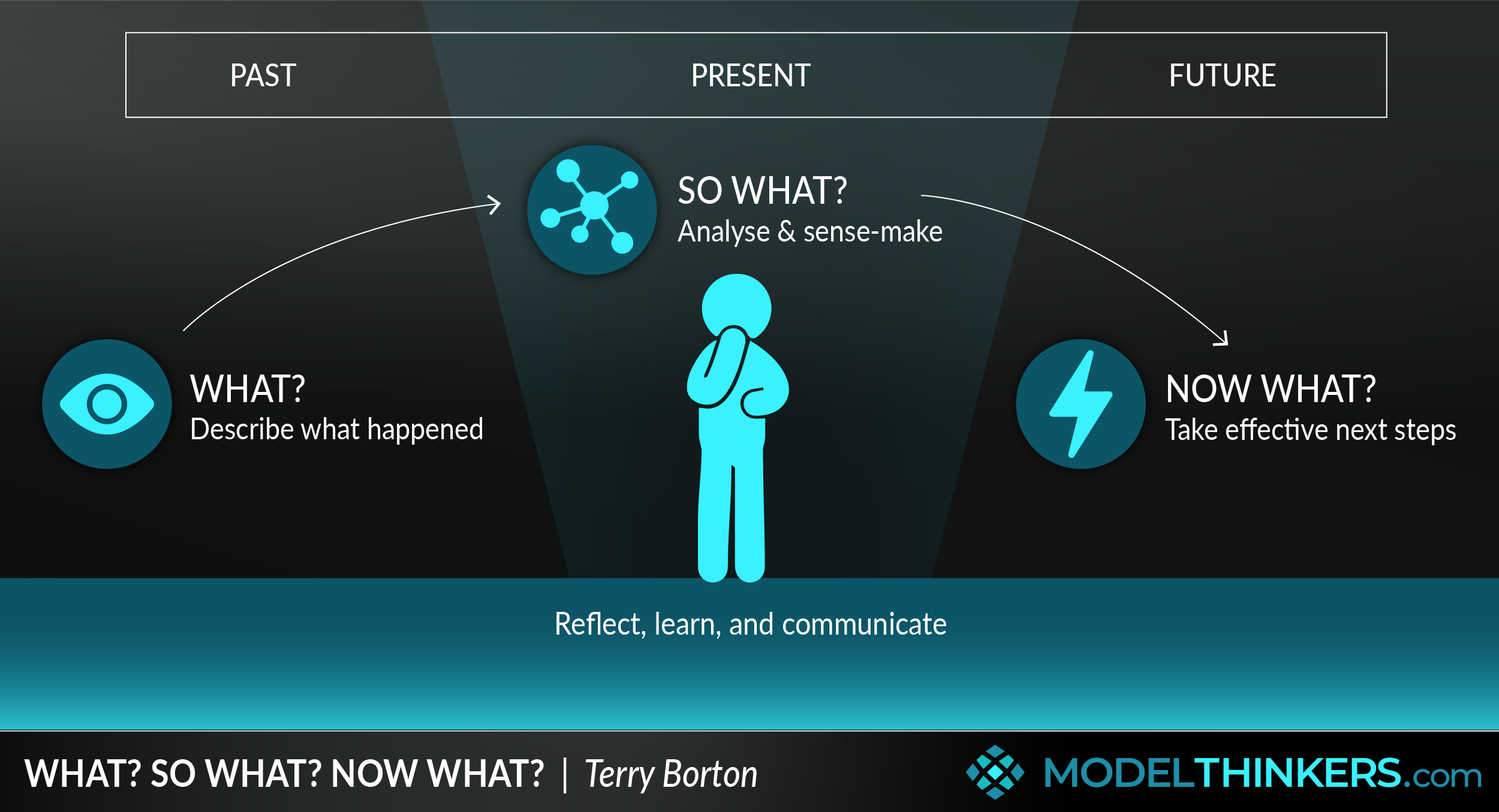
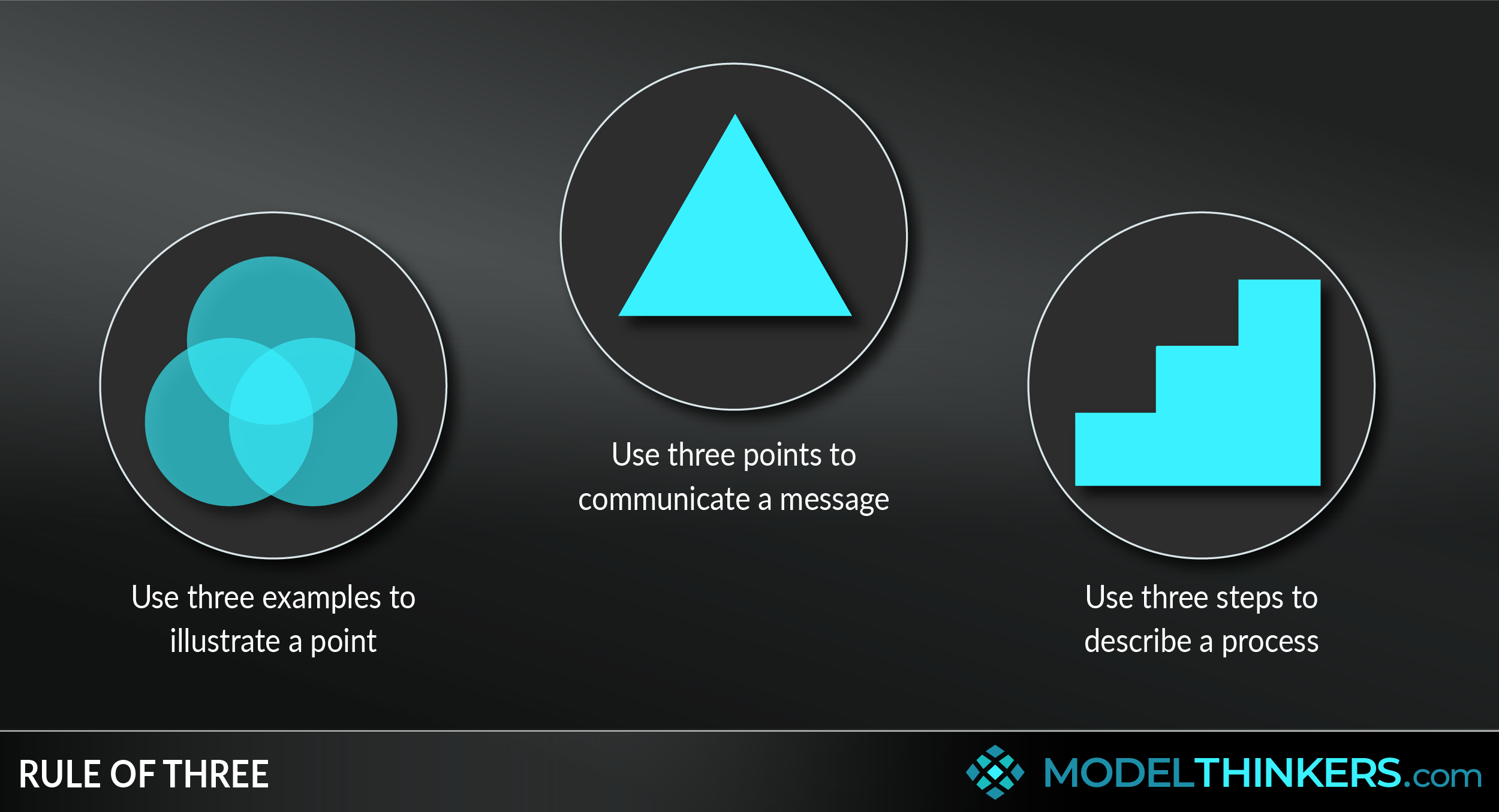

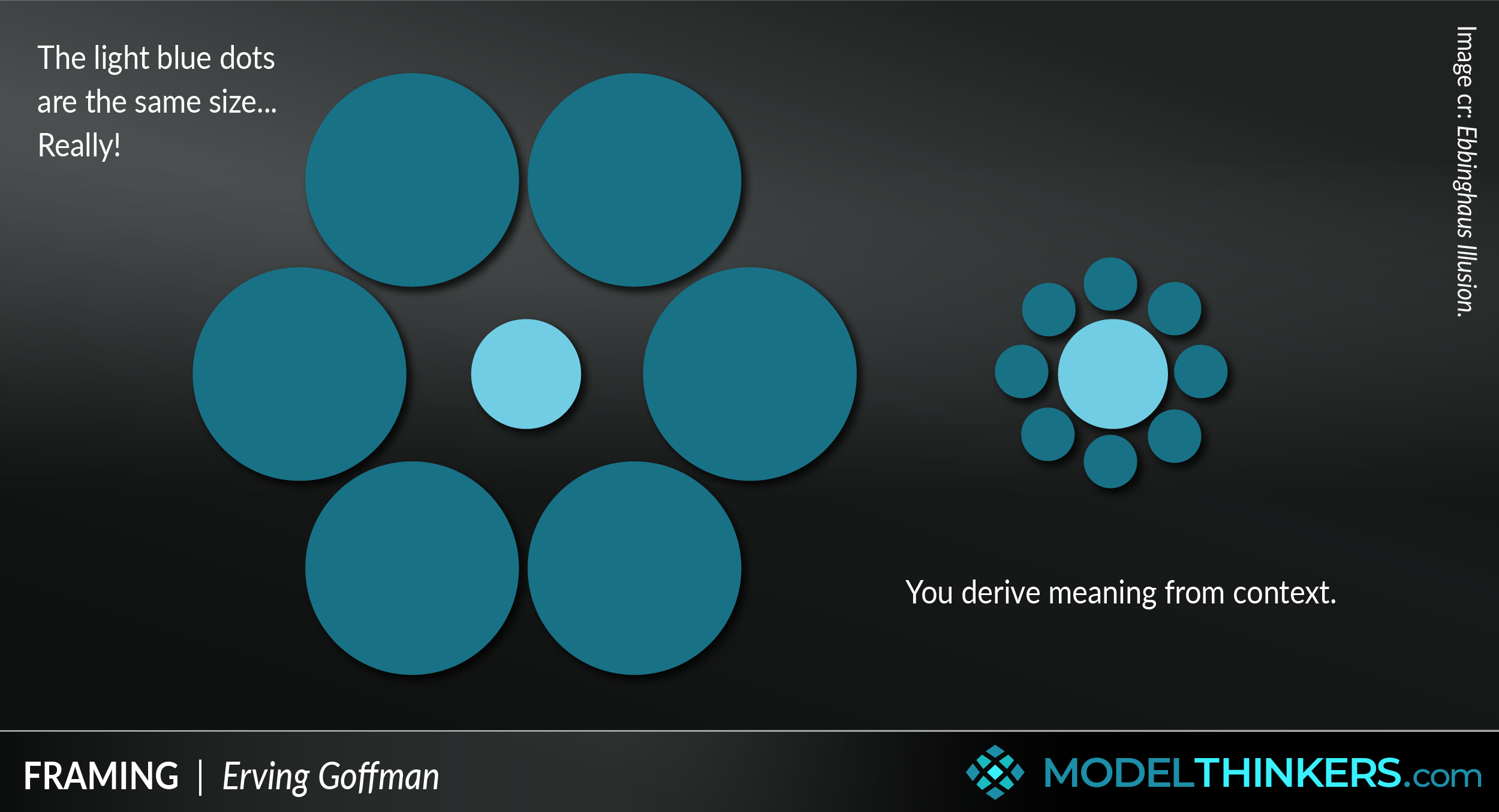
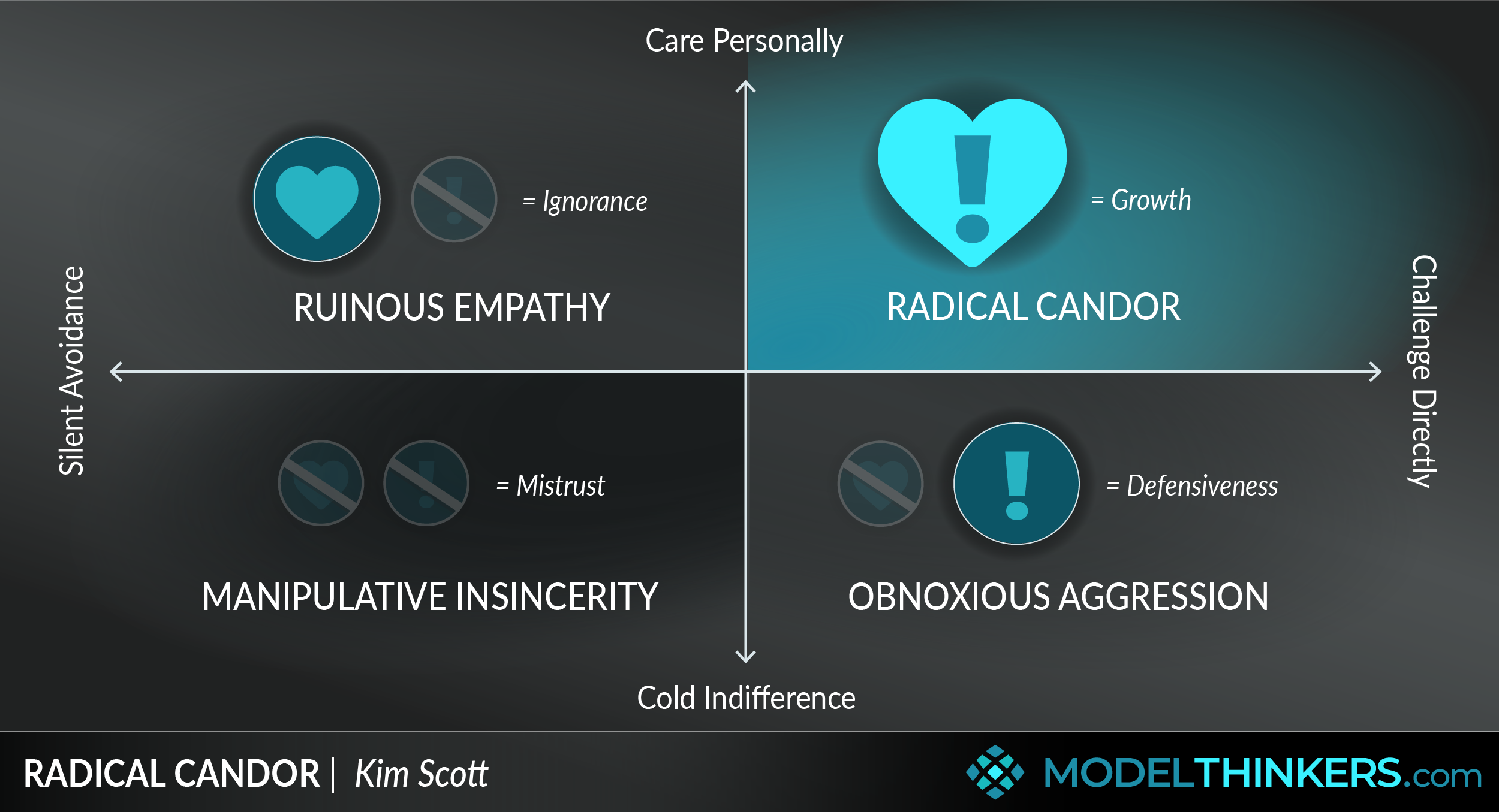
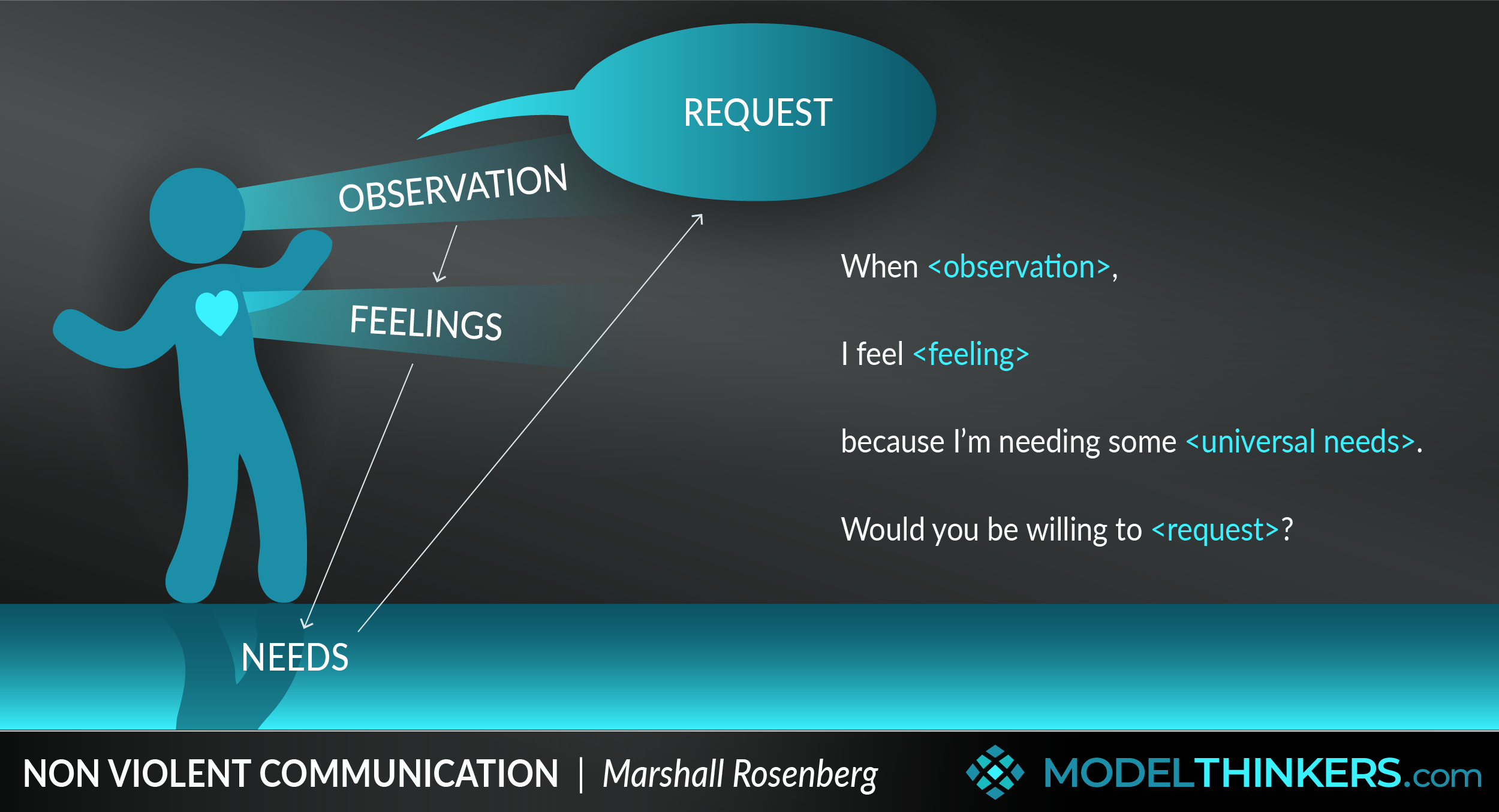
Premium content
Please do login or sign up to see premium contect
Subscription expired!
Please renew your subscription to access this feature.
 My Notes
My Notes























